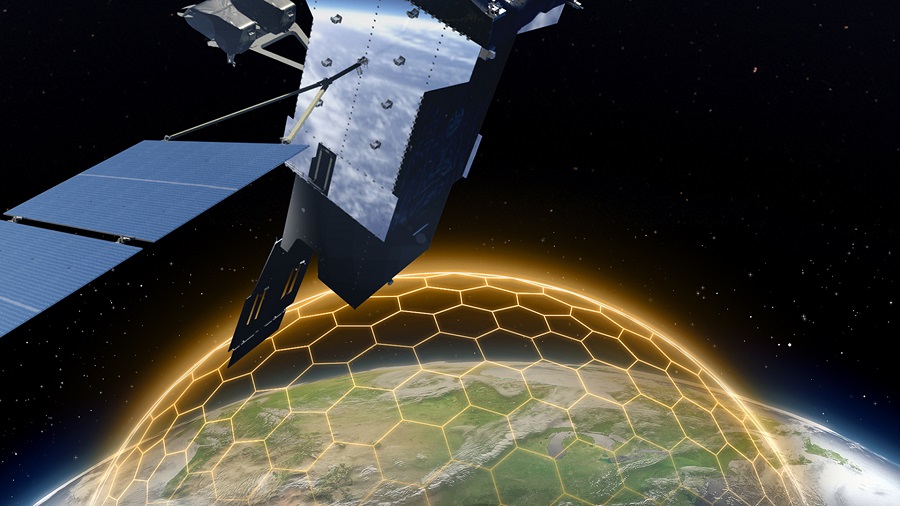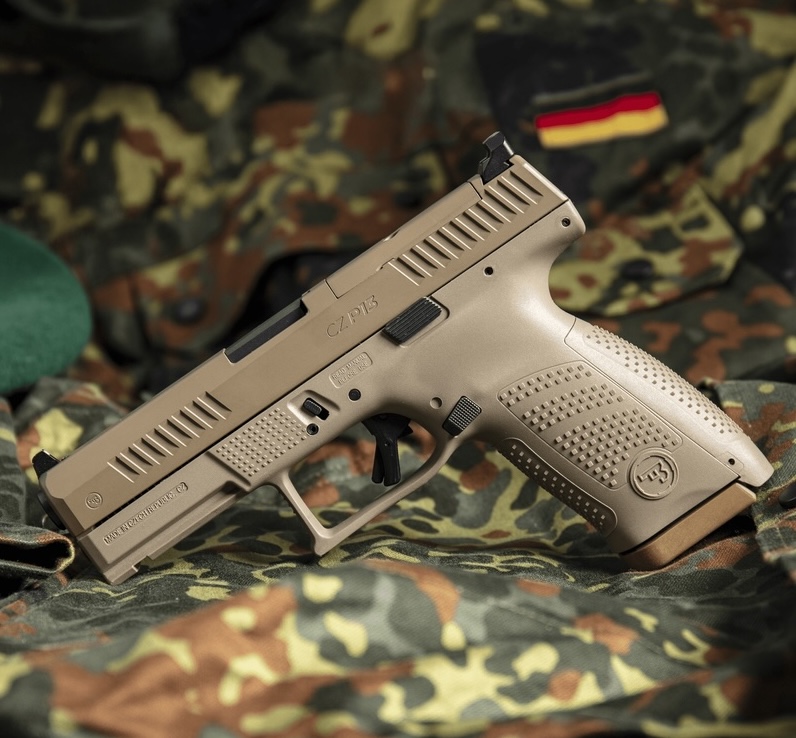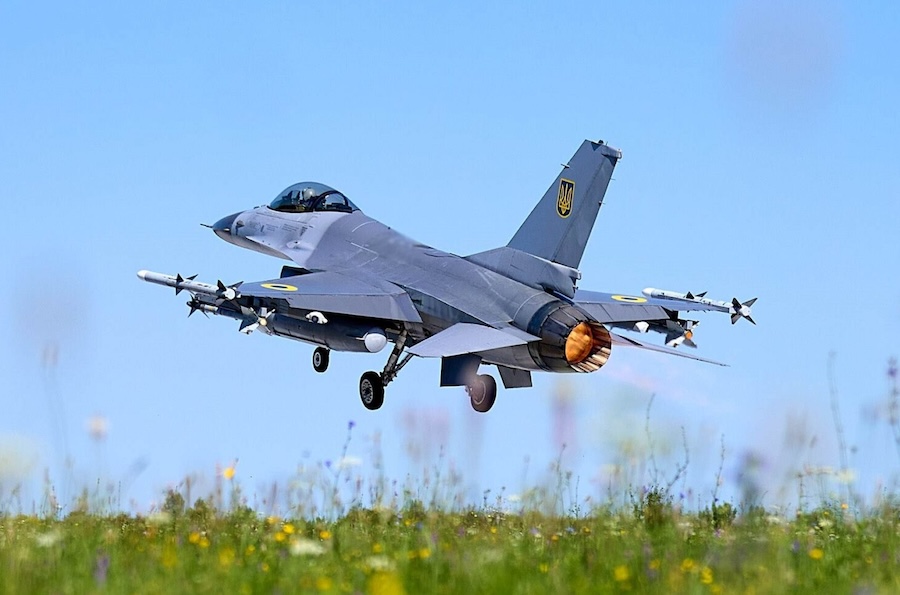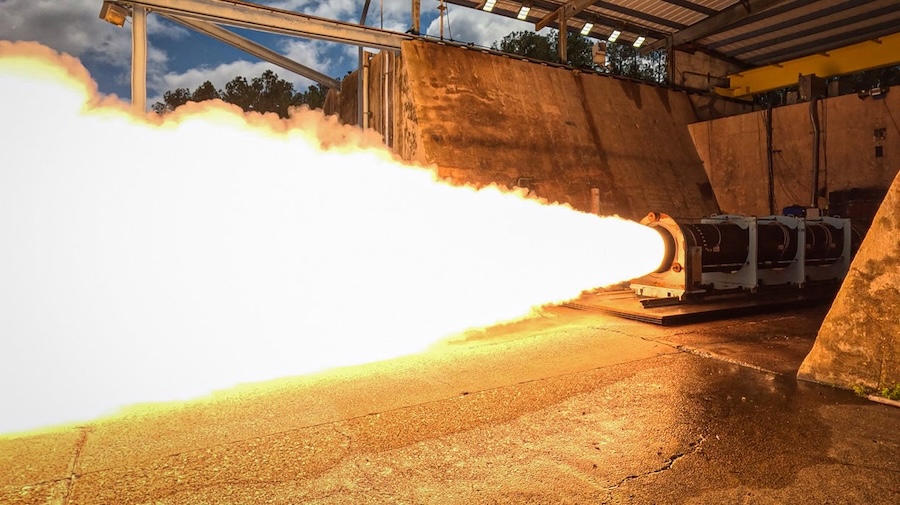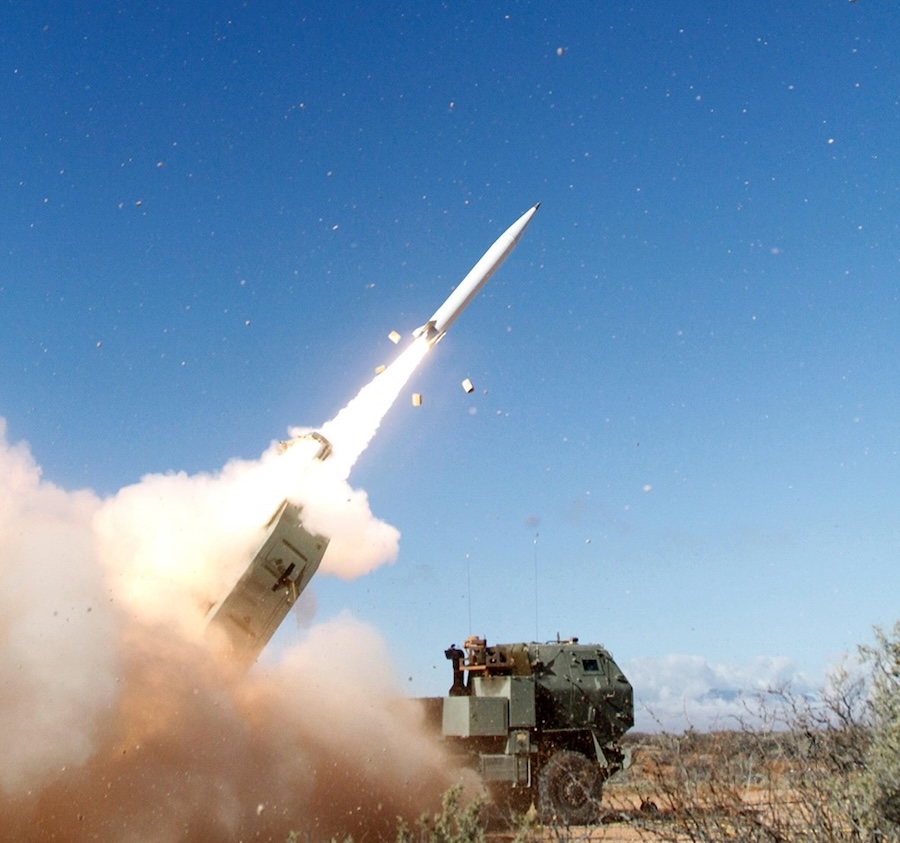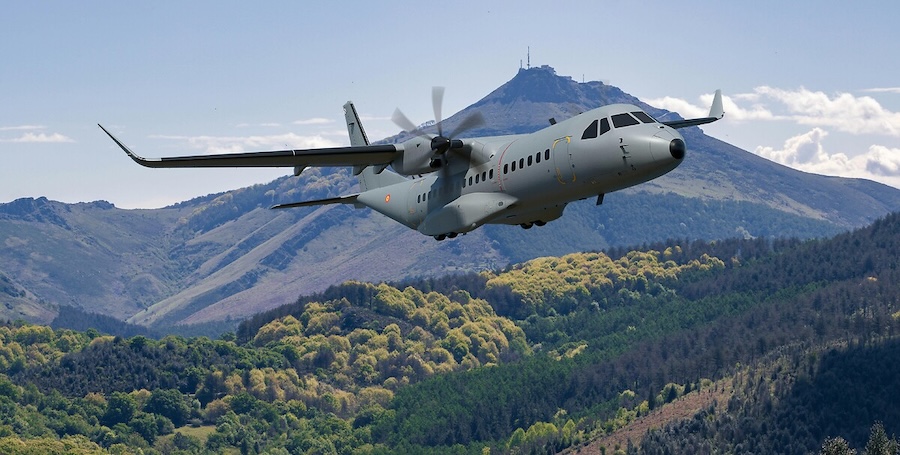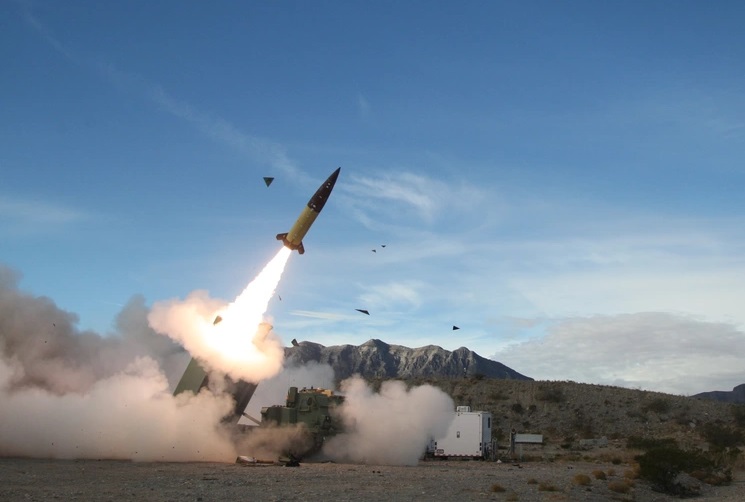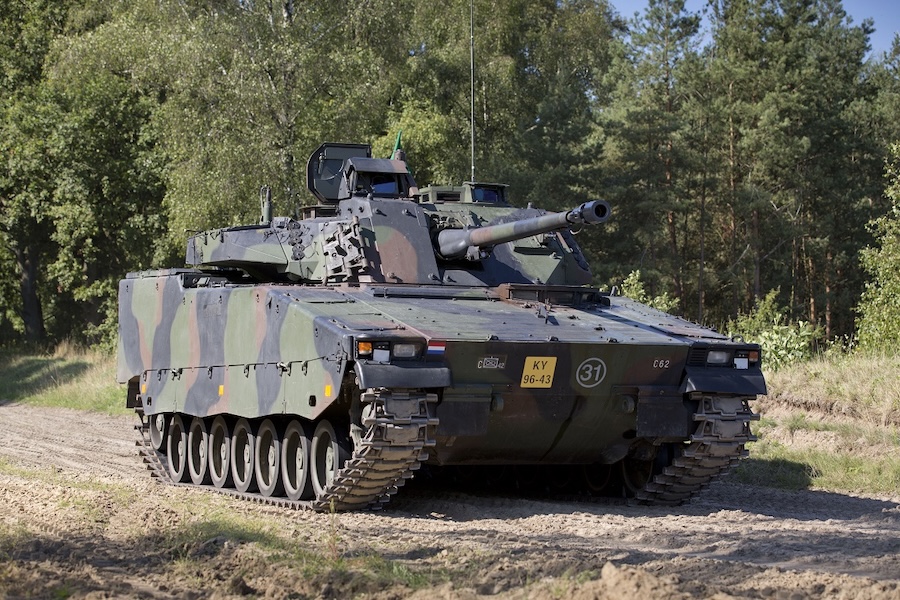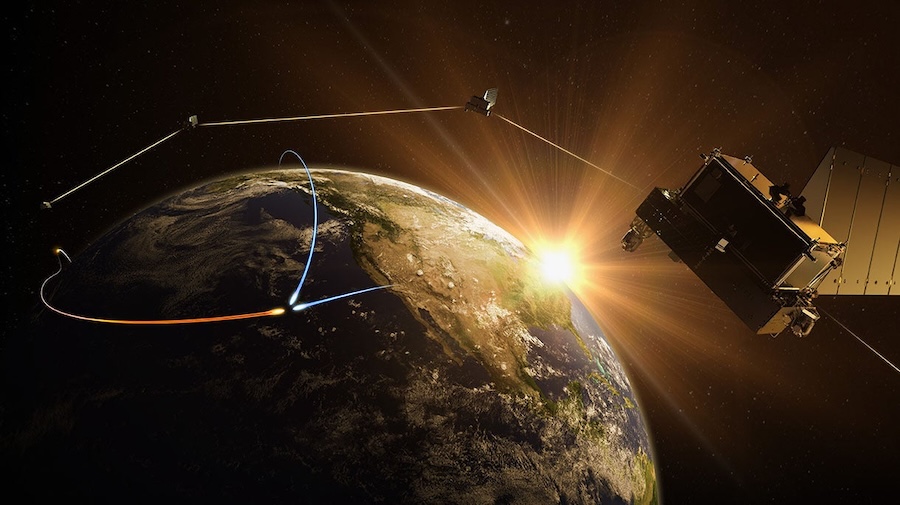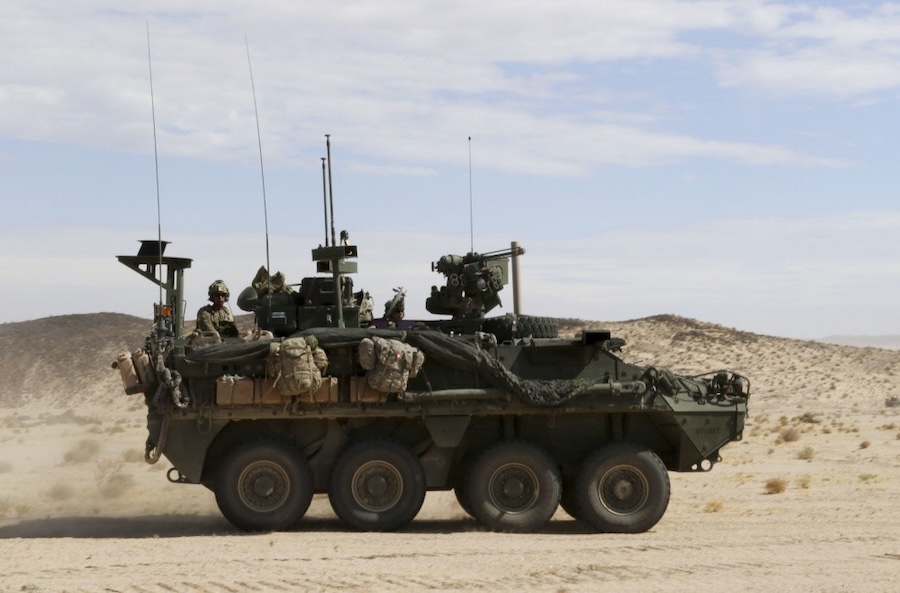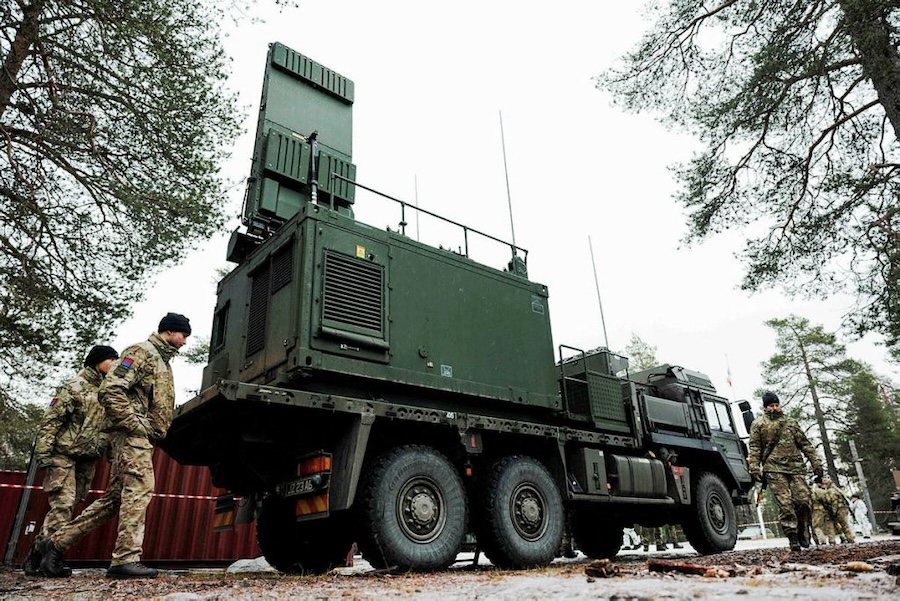The concept, described as “Golden Dome for America”, integrates air and missile defence from the seabed to space, marking what Lockheed Martin calls the end of space as merely a supporting domain. The approach aims to deliver scalable, combat-proven defence capabilities across all domains.
At the foundation is the “space layer”, which provides continuous monitoring of airborne threats to deliver early warning. “…the space layer gives the warfighter the most valuable asset in modern defence – time,” the company stated, citing programmes such as the Space-Based Infrared System (SBIRS) and its successor, the Next Generation Overhead Persistent Infrared GEO (NGG).
The space layer is also being enhanced through the Space Development Agency’s Proliferated Warfighter Space Architecture (PWSA), which plans a resilient constellation of hundreds of satellites for persistent surveillance. Supported by Airborne Moving Target Indication (AMTI) and over-the-horizon (OTH) radars, it plays a critical role in situational awareness and rapid response.
The “strategic intercept layer” focuses on defeating threats in their midcourse phase before they reach American or allied territories. This includes the Ground-Based Missile Defense (GMD) system and the future Next Generation Interceptor (NGI), which is designed for greater reliability, agility, precision and increased kill capacity.
Lockheed Martin is also working on space-based interceptors, which require advances in orbital logistics, propulsion, sensors and onboard processing. These capabilities are described as a “powerful backstop” to the nation’s missile defence, enabling high-altitude, high-speed engagements.
The “underlayer” supports regional and theatre-level defence with advanced radars, interceptors and directed energy systems. Systems such as the Long Range Discrimination Radar (LRDR), TPY-6, TPY-4 and Sentinel A4 are used for high-fidelity sensing, while THAAD and PAC-3 MSE provide combat-proven interception capabilities, with integration projects underway across services.
Lockheed Martin also noted the F-35’s role in integrating battlefield intelligence and sharing targeting information instantly across domains. Directed energy systems, including the IFPC-HEL and HELIOS, are designed to operate across sea, land and air as part of the layered defence network.
Command and control is coordinated through systems such as the Missile Defense Agency’s Command and Control, Battle Management, and Communications (C2BMC). Lockheed Martin leads the national team supporting C2BMC, which it said is “saving lives 24/7, 365 days a year around the world.”
The company concluded that integrated terrestrial and space-based assets are essential to creating a resilient defence shield. It warned that “if we fall short in space now, we risk falling short against an array of multi-domain threats in the future.”



